Jens and I grab a bite to eat and we are off to Oslo.....It is about an eight hour flight, slightly delayed. Again, I am lucky to get a window seat with a great view of the Atlantic seaboard. I take a short nap and wake up flying over some beautiful snow covered mountains, below is my first glimpse of Norway. I am stunned at the amount of snow on the remnant of this ice cap. It is similar to my feeling when I looked out the window for the first time when flying over Antarctica... a link is added here to my journal that details the science of ozone research there.
http://tea.armadaproject.org/lampert/8.21.2003.html
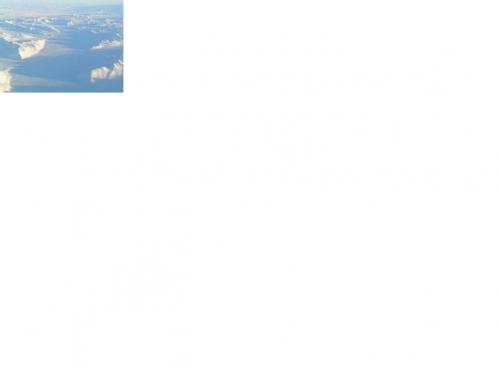

A closer look through the camera lens shows the U-shaped glacier carved valleys below and what appears to be a glacier moraine with a small lake.

The entire landscape appears flattened and twisted; the snow seems to pile up in areas that highlight the desolated area artistically.
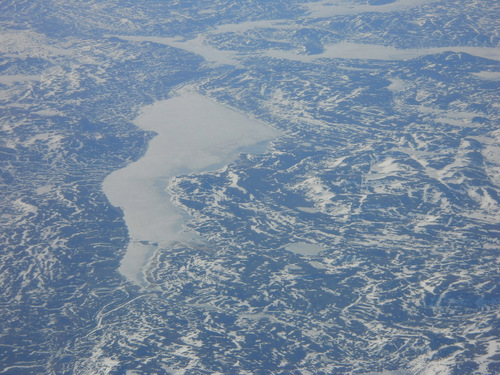
My flight into Oslo is late so I must hang around the airport for a few hours which is great because I can catch some sleep. The airport is completely deck out in hardwood floors. The security seems not so interested in the fact that I am lugging about a fifty pound box with a satellite phone in it. I am pretty frustrated with the gigantic box, it actually got stuck in the Portland airport scanner and Homeland security had to crawl into the x-ray machine to unplug it. Hope they had the machine off. The flight to Bodo is just an hour or so... I am going north to the Arctic Circle. North of the latitude line of about 66 degrees lies the land we refer to as the Arctic, home of the bears. Beneath this line the sun still can set, above this line the sun will not dip below the horizon in the summer. When I was in Antarctica I lived below the equivalent Antarctica circle and watched the sun go round and round. The arrival into Bodo was simply and the folks here are very nice. They are mostly Caucasian blonde, fair skinned folks but there is a small mix of others too. It really isn't very cold at all so I drop my stuff off at the hotel and take a look around the small city.

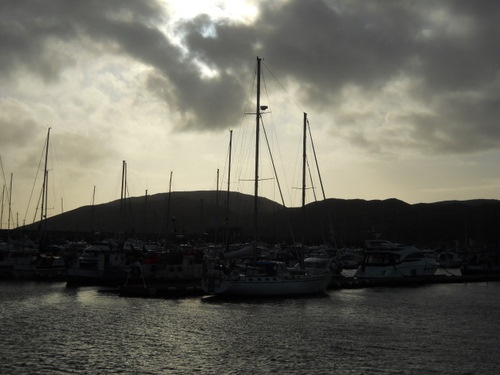
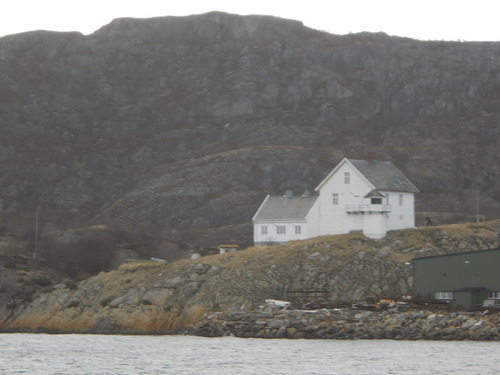
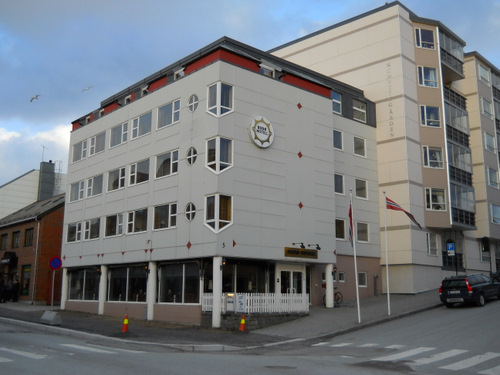

Jens has been with me all along and seems to know a few things. He introduces me to a fellow bear... a distant cousin named Arla... who we find at the pier near one of the many boats in this shipping port.
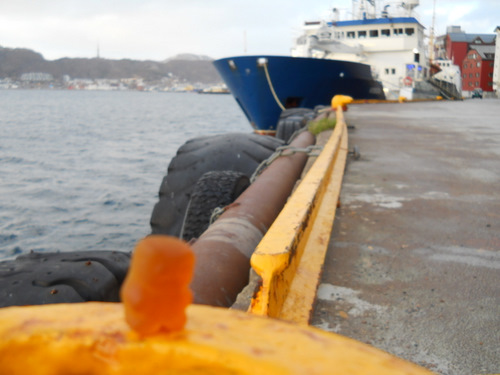
I meet up with Mark Mathisen at the hotel, his flight arrived just a few hours after mine. We find dinner at a great Norwegian Indian restaurant and talk about the project. Mark is a technician at Iowa State in the GeologyThe science that deals with the dynamics and physical history of the earth, the rocks of which it is composed, and the physical, chemical, and biological changes that the earth has undergone or is undergoing. department. He is in charge of the set up here, he is an incredibly resourceful an knowledgeable person, I can see why he was chosen. We talk about the seismic sensors he has brought along, some simple Arduino boards with a three way accelerometer on board that will be placed into the glacier, just as soon as we can get up there! Tomorrow we head out and shop for supplies in Bodo.


Comments